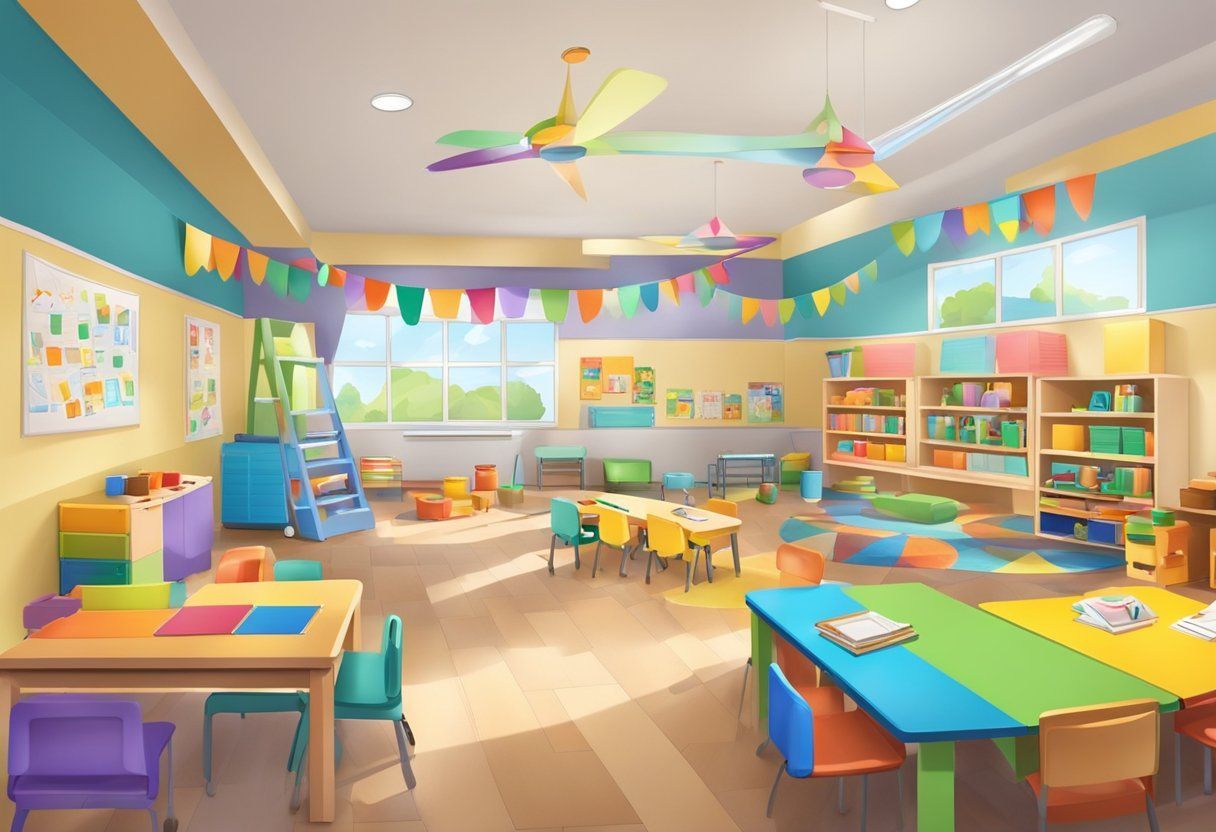BLOG
Categories
Is there a Difference Between Consequences and Punishment?
Is there a difference between a consequence and a punishment? No. Allow me to explain.
Consequences as we’ve come to know them are a logical punishment for behavior used to teach the child to think the next time before acting. Essentially it is no different than any other form of punishment. These are framed as natural and logical consequences. The problem with a natural consequence is that you cannot give one to someone thus it is natural. It is a natural reaction to a behavior…if you overeat consistently you will get fat. If you work out too hard you will get sore. If you watch Netflix all day when you are done, you will feel hungover. These are all-natural consequences. A person cannot give you a natural consequence. They can say nothing and allow you to experience the natural consequence, but they cannot actually create it.
Logical consequences imply that you are being thoughtful about the consequence and ensuring that it is rational and logical to the behavior. If a child does not eat his dinner, he does not get dessert. If a child goes to school and gets in trouble, then they don’t get to have fun at home. If a child cannot sit at the dinner table and eat what everyone else is eating without complaining, then she is given oatmeal for every meal until she can learn to be appreciative. The problem with logical consequences is that they do not arise from a logical state of mind. The misbehavior has stressed the parent to the point of them needing to regain control. The use of logical consequences for misbehavior is a mechanism of control used to help the parent feel safe under the auspices of good parenting and teaching how to behave. The flaw in the thinking is that we “think” we are being logical when in fact a person in fear of their child’s behavior is in essence stressed and, in the words of neuroscientist Joseph LeDoux, “stress causes confused and distorted thinking and suppresses the short-term memory.” Hence, we keep trying to give children consequences to teach them lessons without realizing that #1 they are stressed therefore their thinking is confused and distorted and their short-term memory is suppressed which means they can neither learn nor remember the lesson #2 We are stressed as the parents and our thinking is confused and distorted and our short-term memory is suppressed therefore we keep trying to teach a lesson that is not being learned and we ourselves cannot remember so we are essentially stuck in groundhog day.
This brings me to my final couple of points: When children are stressed their thinking becomes confused and distorted and their short-term memory is suppressed, and this is where the negative behavior is stemming from. In the moment of stress not only are they not thinking about the possible consequence of their actions, but they can’t even remember the consequence that occurred the last time! Only our parental narcissism leads us to believe that we are so important in our child’s life that in a moment of stress-driven, perceived survival, our threatened consequences would take precedence. Children do not learn from consequences. They learn from repetitive modeling, support, teaching, guidance, and failure!
Finally, we have been led to believe that by giving children consequences we are in fact teaching them responsibility. This is another parenting myth perpetuated by control and fear. As stated previously, one of the primary mechanisms for children to learn is through modeling. Over the years the percentage has been estimated between 80-90% of learning occurs through modeling. When we give a child a consequence it is a reaction to an action. Meaning it requires some form of misbehavior before we give a consequence. This implies reactivity, not responsibility. Thus, we are not actually teaching children responsibility by giving them consequences but rather we are teaching them reactivity! Which is oftentimes the very thing that we are punishing them for since most misbehavior is impulsively driven and is typically a reaction to stress. If we desire to teach children responsibility, we must be willing to take responsibility thereby we become teachers in how to be responsible.
Bryan Post, an adopted and former foster child is one of America’s Foremost Child Behavior and Adoption Experts and founder of www.PostInstitute.com The love-based, family-centered principles and concepts offered by Bryan have been taught to more than one million parents and professionals around the world. You can receive a free copy of his best-selling adoption parenting book From Fear to Love by going to https:///www.feartolovebook.com Currently Bryan serves as Clinical Director for Parents in Training, a 501 (c) 3 non-profit, providing wraparound services to adoptive families throughout Northern California. To learn more visit www.theleafcompany.com
RECENT POSTS
Bringing and keeping families together!








